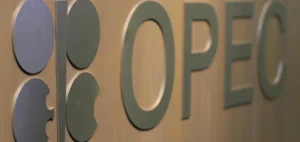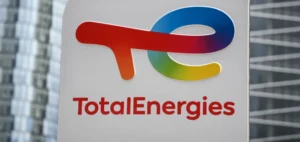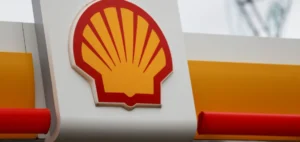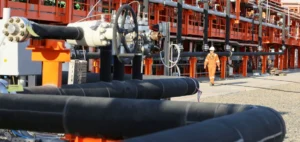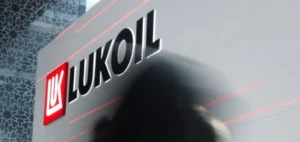State-owned oil company Petróleo Brasileiro S.A. (Petrobras) plans to lower its five-year investment plan to $109 bn for the 2025–2029 period, down from $111 bn previously. The 2% cut marks the first downward revision since the 2021–2025 plan, developed under Jair Bolsonaro’s administration, which focused on asset sales. The new plan is expected to be officially presented this week, pending final approval from the board of directors.
Strategic shift under Lula’s leadership
Since returning to office, President Luiz Inácio Lula da Silva has urged increased public investment through Petrobras to stimulate national economic activity. However, the company’s leadership stated that short-term flexibility is limited. For 2026, most capital expenditure is already committed. The current plan allocates $19.6 bn in investment for that year, with little room for reallocation.
Responding to declining oil prices
The decision to reduce investment comes amid a prolonged drop in oil prices. Brent crude was trading at $62.35 this week, compared to an average of $70.85 during the first nine months of the year, a 14.4% decline from the same period in 2024. According to a source familiar with the matter, the company’s priority is to maintain financial balance without increasing debt or altering its dividend policy.
To that end, Petrobras plans to optimise production and refining capacity. Management has identified several platforms that could increase output and has launched a near-comprehensive modernisation programme across its refineries. The aim is to extract more output from existing assets without committing to heavy new infrastructure projects.
Focusing on existing output gains
The performance of the Almirante Tamandaré floating production unit, originally designed for 225,000 barrels per day but reaching 270,000 barrels per day in October, illustrates this approach. Petrobras is evaluating whether this model can be replicated across other platforms to boost production without major expansion.
As part of the revised strategy, negotiations are under way with suppliers to revise certain contracts. The company is also reassessing the feasibility of various projects in light of economic conditions, aiming to control costs while maintaining operational profitability.











